Higher classification Chastetree | Genus Vitex Rank Species | |
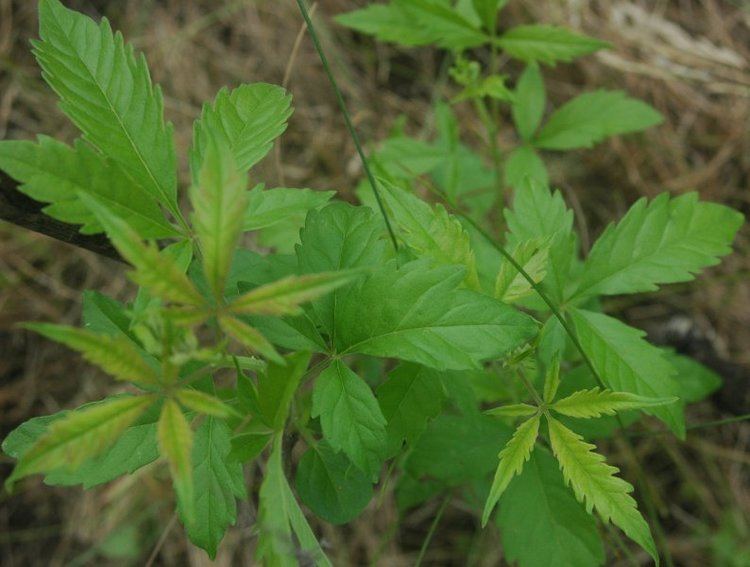 | ||
Similar Chastetree, Chaste tree, Verbenaceae, Ngai camphor, Vitex trifolia | ||
Nirgundi vitex negundo best herb for management of pain
Vitex negundo, commonly known as the Chinese chastetree, five-leaved chaste tree, or horseshoe vitex, is a large aromatic shrub with quadrangular, densely whitish, tomentose branchlets. It is widely used in folk medicine, particularly in South and Southeast Asia.
Contents
- Nirgundi vitex negundo best herb for management of pain
- Amazing native plants vavili nirgundi vitex negundo
- Distribution and habitat
- Nomenclature
- Chemistry
- Uses
- References
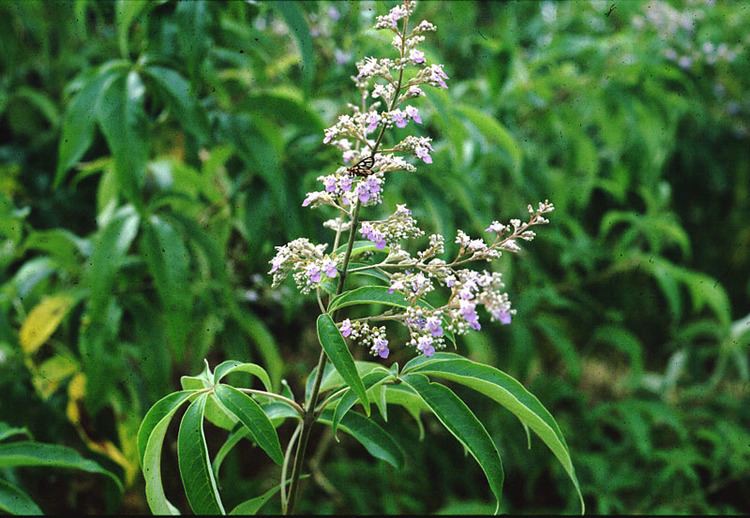
Vitex negundo is an erect shrub or small tree growing from 2 to 8 m (6.6 to 26.2 ft) in height. The bark is reddish brown. Its leaves are digitate, with five lanceolate leaflets, sometimes three. Each leaflet is around 4 to 10 cm (1.6 to 3.9 in) in length, with the central leaflet being the largest and possessing a stalk. The leaf edges are toothed or serrated and the bottom surface is covered in hair. The numerous flowers are borne in panicles 10 to 20 cm (3.9 to 7.9 in) in length. Each is around 6 to 7 cm (2.4 to 2.8 in) long and are white to blue in color. The petals are of different lengths, with the middle lower lobe being the longest. Both the corolla and calyx are covered in dense hairs.
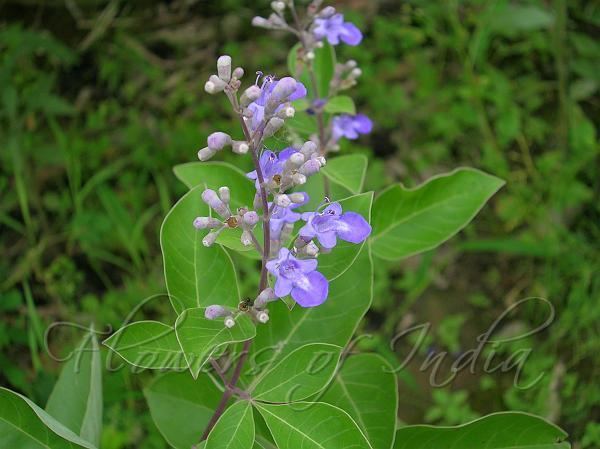
The fruit is a succulent drupe, 4 mm (0.16 in) in diameter, rounded to egg-shaped. It is black or purple when ripe.
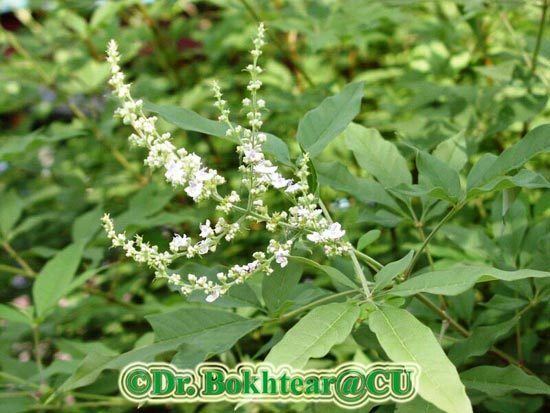
Amazing native plants vavili nirgundi vitex negundo
Distribution and habitat
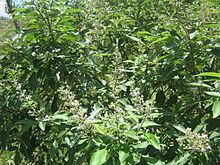
Vitex negundo is native to tropical Eastern and Southern Africa and Asia. It is widely cultivated and naturalized elsewhere.
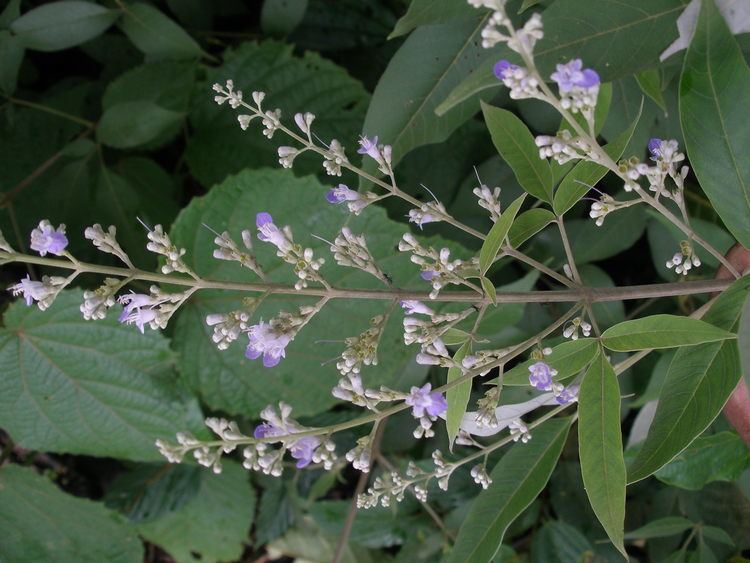
Countries it is indigenous to include Afghanistan, Bangladesh, Bhutan, Cambodia, China, India, Indonesia, Japan, Korea, Kenya, Madagascar, Malaysia, Mozambique, Myanmar, Nepal, Pakistan, the Philippines, Sri Lanka, Taiwan, Tanzania, Thailand, and Vietnam.
Vitex negundo are commonly found near bodies of water, recently disturbed land, grasslands, and mixed open forests.
Nomenclature
Common names of Vitex negunda in different languages include:
Chemistry
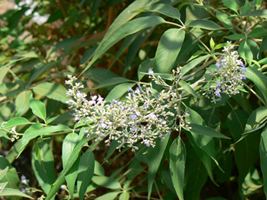
The principal constituents of the leaf juice are casticin, isoorientin, chrysophenol D, luteolin, p–hydroxybenzoic acid and D-fructose. The main constituents of the oil are sabinene, linalool, terpinen-4-ol, β-caryophyllene, α-guaiene and globulol constituting 61.8% of the oil. In vitro and animal studies have shown that chemicals isolated from the plant have potential anti-inflammatory, antibacterial, antifungal and analgesic activities.
Uses
Vitex negundo is used for treating stored garlic against pests and as a cough remedy in the Philippines. Roots and leaves are used in eczema, ringworm and other skin diseases, liver disorders, spleen enlargement, rheumatic pain, gout, abscess, backache; seeds are used as vermicide. This plant is also proved for its cardioprotective property. It is also used to control population of mosquitoes. In the USA, hardiness zone 6–9, its purple flowers bloom most of the summer and it is a popular plant visited by bees and butterflies.
